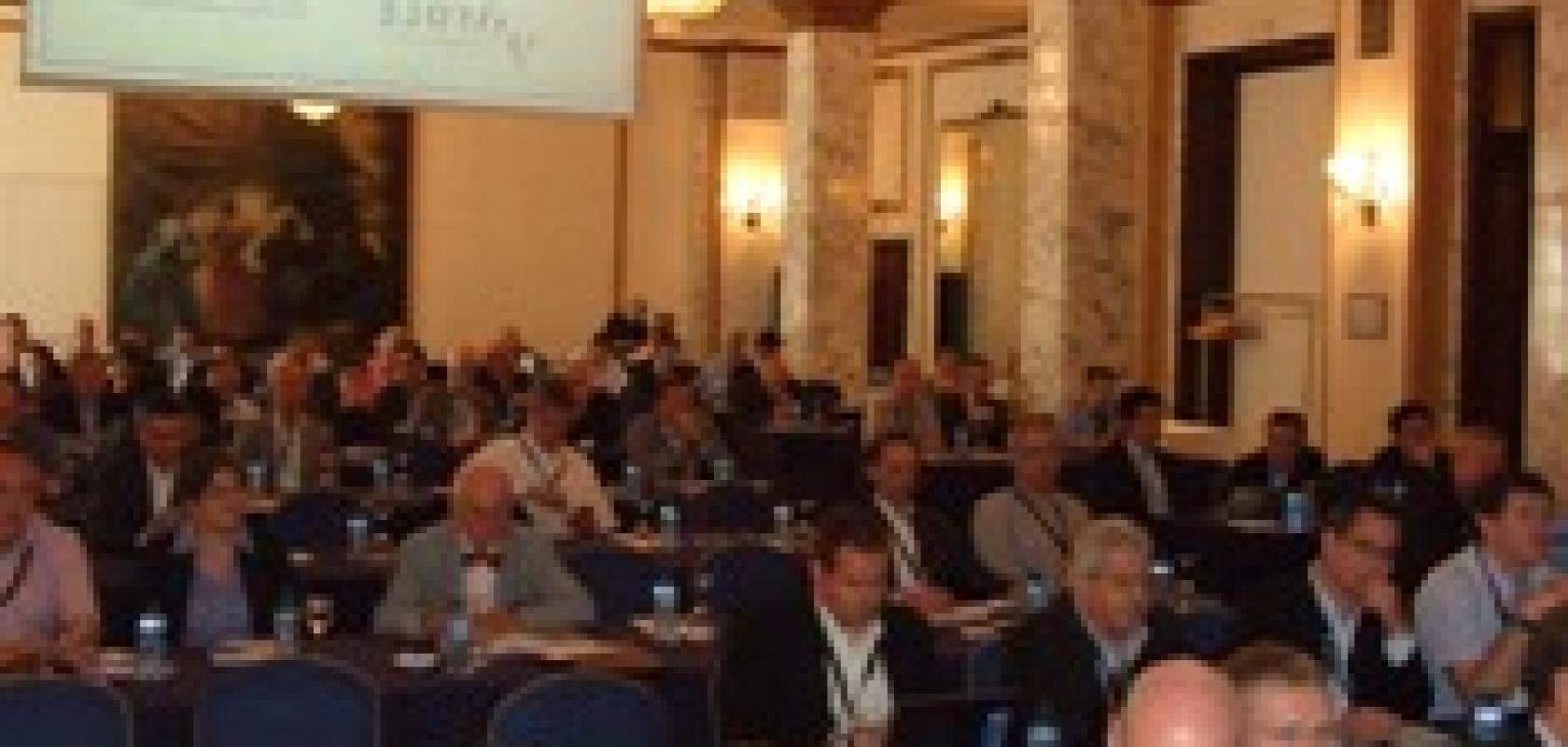Greg Blackman reports from the EMVA business conference, including the imaging technology planned for the ITER nuclear fusion reactor being built in France
While growth in manufacturing in Europe remains at a standstill for the time being, there was plenty of discussion of opportunities for machine vision technology in non-industrial sectors at the EMVA's annual business conference, which took place from 6 to 8 June in Barcelona.
In the traditional presentation on the use of vision systems in the country in which the conference is held, this time Spain, Toni Ventura, president of the EMVA, pointed to areas such as agriculture as holding more opportunities for vision companies than the relatively small Spanish industrial sector. Fittingly, the EMVA Young Professional Award was presented to Ruud Barth at Wageningen University for his work developing algorithms for an agricultural robot that harvests broccoli.
The 10th European Machine Vision Association business conference was the first since the trade body split from the VDMA to become an independent association. More than 100 participants attend the three-day event, which saw presentation topics ranging from EU policy and global financial markets, to the remote handling challenges for the huge ITER nuclear fusion reactor being built in France.
The delegates were shown a live demonstration of SoftKinetic's new gesture control sensor, small enough to be integrated into a desktop computer. The sensor gathers 3D depth information via the time-of-flight principle, allowing computer applications on the screen to be controlled with hand gestures. It is another example of imaging technology used outside of industry.
In his talk on image sensors, Paul Danini, an analyst at Yole Développement, predicted that CMOS sensors will gain market share over CCDs, with the two technologies reaching parity in terms of their use by 2015, and CMOS outstripping CCD 80 per cent to 20 per cent by 2020. He noted that image sensor development is driven largely by the mobile phone market, and that technology such as backside illumination (BSI) remains absent from machine vision sensors due to cost and the low volumes required for the vision market. He said BSI will be limited to high-end vision applications in the near term, adding that this will be the case unless Sony introduces a BSI sensor with global shutter.
ITER Project
In a more industrial presentation, albeit a project that is still in its infancy, Dr Alessandro Tesini, the remote handling section leader at the ITER project, spoke about the challenges involved in maintaining a nuclear fusion reactor and the need for vision for remote handling of equipment inside the reaction chamber.
The reactor will be fitted with a robot that runs on a rail inside the chamber and is able to replace the lining when necessary. In addition, a fleet of 20 remotely controlled robots will move equipment inside the chamber. Both will use vision.
Dr Tesini estimated that 500-600 cameras could be required for such tasks inside the reactor. Currently, a demonstrator module has been developed, based on equipment and expertise from ImagingLab and National Instruments, for an in-vessel viewing system for remote handling of equipment.
The construction of the 30m-high reactor is three years into its 10-year schedule, and, when built and operational, promises to recreate the fusion reactions occurring within the Sun to generate energy, with temperatures reaching 100-200 million degrees Celsius inside the core.
The delegates also heard presentations from newly elected EMVA board member, Jochem Herrmann, on vision standards and the work of the international Future Standards Forum; Dr Sabine Stricker-Kellerer on operating in China and IP protection in the country; and Silvia de la Maza, of the Innovalia Group, on EU funding for SMEs.
In the closing keynote, Professor Dominique Foray, chair of economics and management of innovation at French University EPFL, suggested that a potential role for the EMVA was to influence regional policy makers on where to spend European funding.
The European Commission's Smart Specialisation Platform advises EU member states and regions on how to develop their economy by supporting areas showing strong R&D work. Professor Foray, who coined the term 'smart specialisation', said that 'there is a lot of money on the table', and that the EMVA could play a role in advising on where those R&D hubs are located.
During the EMVA general assembly, the association’s general manager, Thomas Lübkemeier, announced that the EMVA will present the International Machine Vision Standards Exhibition at SPS IPC Drives 2013 (26-28 November, Nuremberg, Germany).
The 2014 conference will be held in Vienna, Austria.


